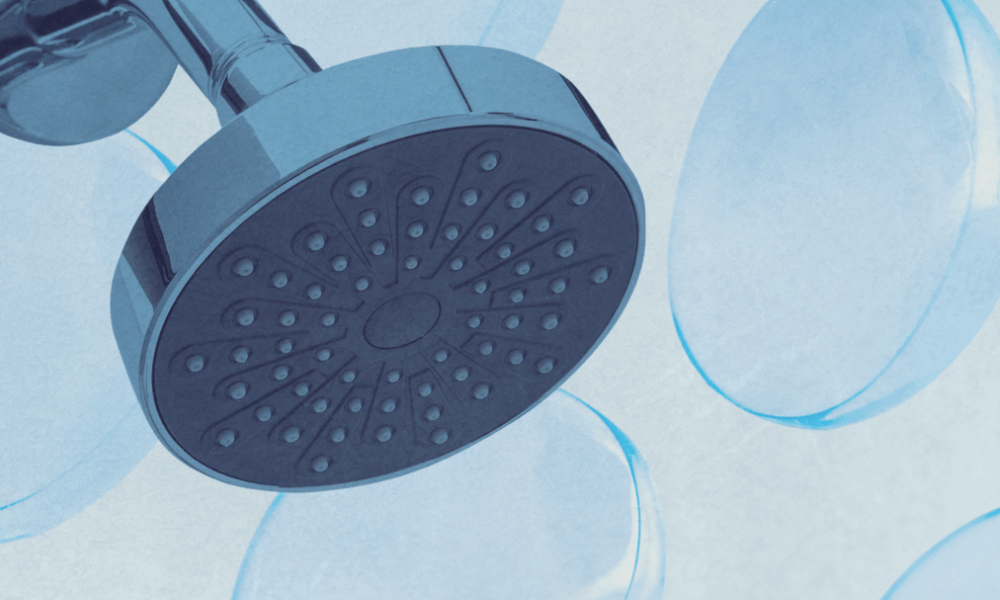When Whitney Fleming, a writer from Grand Rapids, Mich., experienced severe pain and irritation in her left eye, she initially thought little of it. Having worn soft contact lenses for years, Fleming took care to clean and replace them regularly, never sleeping while wearing them. However, as her discomfort intensified and treatment options failed, she faced a frightening reality: she was losing vision in her left eye.
After three weeks of worsening symptoms, a corneal specialist diagnosed Fleming with Acanthamoeba keratitis, an infection caused by the Acanthamoeba parasite. This organism, commonly found in tap water, soil, and untreated water sources, can infect the cornea when trapped under contact lenses. According to her doctor, the most probable cause of her infection was showering while wearing her contacts.
The Risks of Wearing Contacts in Water
Dr. Thomas Steinemann, a spokesperson for the American Academy of Ophthalmology and professor at Case Western Reserve University, emphasizes that “contact lenses and water just don’t mix.” Research indicates that about 90% of cases of Acanthamoeba keratitis occur in contact lens users, highlighting a significant risk for those who combine their lenses with water exposure. Dr. Saba Al-Hashimi, an assistant professor of ophthalmology at UCLA’s Stein Eye Institute, explains that while ingesting the amoeba poses little risk, it can lead to severe infections if it infiltrates the eye.
The mechanism of infection often involves the amoeba getting trapped between the contact lens and the cornea. The contact lens can create microabrasions on the cornea, providing openings for the parasite to enter. Once inside, the infection can become deeply entrenched, making treatment increasingly difficult. “The deeper it goes, the harder it is to eradicate,” Steinemann warns.
Raising Awareness of Acanthamoeba Keratitis
For Fleming, the episode was a painful awakening. Despite her years of contact lens use, she had never been informed about the dangers of showering, swimming, or using hot tubs while wearing them. “A lot of people don’t understand that any water contact is a hazard,” Steinemann says. Many patients, he notes, express surprise when they learn of the risks associated with water exposure.
Historically, Acanthamoeba keratitis has been considered rare, with approximately 1,500 cases reported annually in the United States. Yet, as awareness grows, healthcare professionals are beginning to recognize that many infections may go undiagnosed or misdiagnosed. Al-Hashimi points out that the condition is often confused with herpes, leading to inappropriate treatments that can exacerbate the infection.
Fleming emphasizes the importance of self-advocacy for anyone experiencing symptoms such as eye pain, redness, or light sensitivity. “A lot of optometrists and ophthalmologists have never seen a live case,” she cautions. Steinemann adds that timely intervention is crucial. “The sooner we think about it, the sooner we can intervene and get it treated.”
Preventive Measures for Contact Lens Users
Acanthamoeba is not the only microorganism that can threaten eye health. Pseudomonas aeruginosa, a bacteria commonly associated with severe corneal infections, also poses risks to contact lens users. Steinemann advises that anyone wearing soft lenses should consider using daily disposable contacts. This approach reduces contamination risks since users start with a clean pair each day and can easily discard lenses that may have been exposed to water.
For those using reusable lenses, proper cleaning and disinfecting practices are essential. Users should never reuse contact lens solution that has been sitting in the case, clean the case regularly, and avoid using tap water or saliva as a wetting agent. Al-Hashimi suggests investing in prescription goggles for swimming or even wearing them in the shower to eliminate the need for contacts altogether. For those considering alternatives, refractive surgeries like LASIK can also provide a long-term solution to eliminate the need for contact lenses.
Now, nearly a decade after her ordeal, Fleming has regained some vision in her left eye, but she still bears a scar. Beyond her vision challenges, she dealt with additional health issues, including a stomach ulcer from high doses of pain medication and the mental toll of her experience. “If I would’ve understood what could have happened, I would have been much more cautious,” she reflects. “It’s a roll of the dice that you do not want to take.”
Steinemann emphasizes that prevention is paramount. “There are plenty of people who are not familiar with the risks or think that a quick shower is harmless,” he says. The message is clear: avoiding contact lenses in water is a simple yet vital step to protect eye health.







